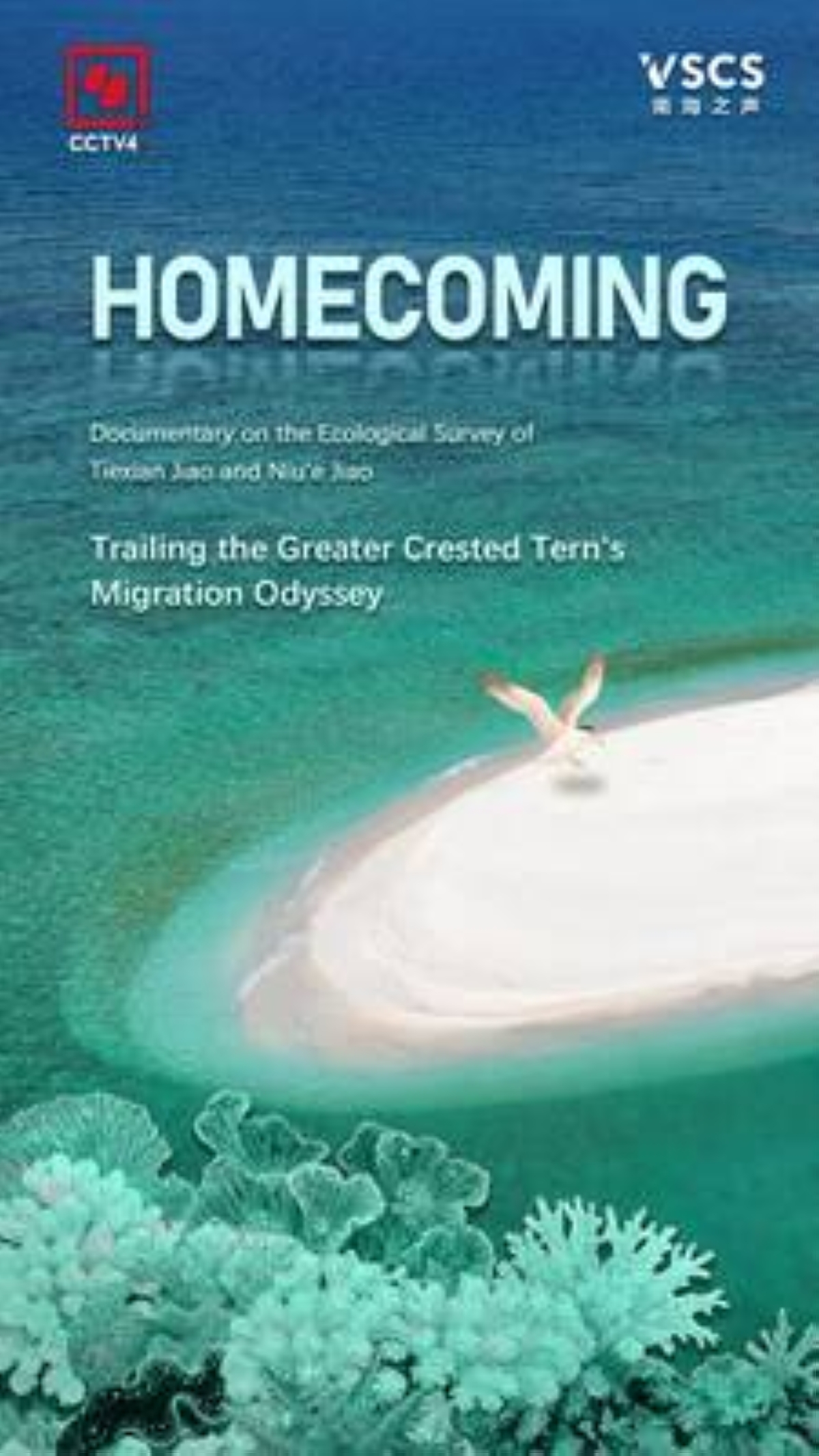Homecoming: Tiexian & Niu'e Jiao Ecological Survey Reveals Surprising Findings
A groundbreaking ecological survey conducted in Tiexian and Niu'e Jiao has unveiled surprising insights into the region's biodiversity and environmental health. The research, a joint effort between [Name of Research Institution 1], [Name of Research Institution 2], and local environmental agencies, sheds new light on the delicate balance of this unique ecosystem and highlights the crucial need for conservation efforts.
The survey, which spanned several months, utilized a combination of advanced techniques including drone imagery, ground-truthing surveys, and water quality analysis. The researchers focused on documenting the flora and fauna of the area, assessing habitat quality, and identifying potential threats to the ecological integrity of Tiexian and Niu'e Jiao.
Key Findings from the Tiexian & Niu'e Jiao Ecological Survey:
-
Unexpected Biodiversity: The survey revealed a higher level of biodiversity than previously estimated. Researchers documented [Number] species of birds, including several endangered species like the [Specific Bird Species 1] and [Specific Bird Species 2]. The team also identified numerous previously undocumented plant species, showcasing the region's rich botanical diversity. This finding underscores the importance of protecting this area as a biodiversity hotspot.
-
Threats to the Ecosystem: While the survey highlighted the remarkable biodiversity, it also unearthed significant threats to the ecosystem's long-term sustainability. Pollution from agricultural runoff, illegal fishing activities, and increasing tourism pressure were identified as major concerns. The researchers also noted signs of habitat degradation due to deforestation and coastal erosion.
-
Water Quality Concerns: Water quality analysis revealed alarming levels of [Specific Pollutant 1] and [Specific Pollutant 2] in certain areas. This pollution directly impacts the health of aquatic life and potentially poses risks to human populations reliant on these water sources.
-
Recommendations for Conservation: Based on their findings, the researchers have issued several critical recommendations for the conservation of Tiexian and Niu'e Jiao:
- Stricter Regulation of Fishing Activities: Implementing stricter regulations to curb illegal fishing and protect vulnerable fish populations.
- Improved Waste Management: Introducing improved waste management strategies to reduce pollution from agricultural runoff and human activities.
- Sustainable Tourism Practices: Promoting sustainable tourism practices to minimize the environmental impact of increasing visitor numbers.
- Habitat Restoration: Implementing habitat restoration projects to address deforestation and coastal erosion.
- Community Engagement: Engaging local communities in conservation efforts to foster a sense of ownership and responsibility.
The Importance of Conservation Efforts
The findings of this survey underscore the urgent need for comprehensive conservation strategies to protect the unique biodiversity of Tiexian and Niu'e Jiao. The delicate balance of this ecosystem is under threat, and swift action is crucial to prevent irreversible damage.
This research serves as a crucial baseline for future monitoring and conservation efforts. By understanding the current state of the ecosystem and the threats it faces, we can develop targeted strategies to ensure the long-term health and sustainability of this invaluable natural resource. Further research and continuous monitoring are essential to track the effectiveness of conservation efforts and adapt strategies as needed.
Call to Action: Learn more about the ongoing conservation efforts in Tiexian and Niu'e Jiao by visiting [Link to relevant organization or website]. You can also support these efforts by [Suggest specific actions, e.g., donating, volunteering, reducing your environmental impact]. Let's work together to protect this vital ecosystem for future generations.
Keywords: Tiexian, Niu'e Jiao, Ecological Survey, Biodiversity, Conservation, Environmental Protection, Sustainable Tourism, Pollution, Habitat Degradation, Water Quality, Endangered Species, Research Findings, Conservation Efforts, [Specific Bird Species 1], [Specific Bird Species 2], [Specific Pollutant 1], [Specific Pollutant 2].

